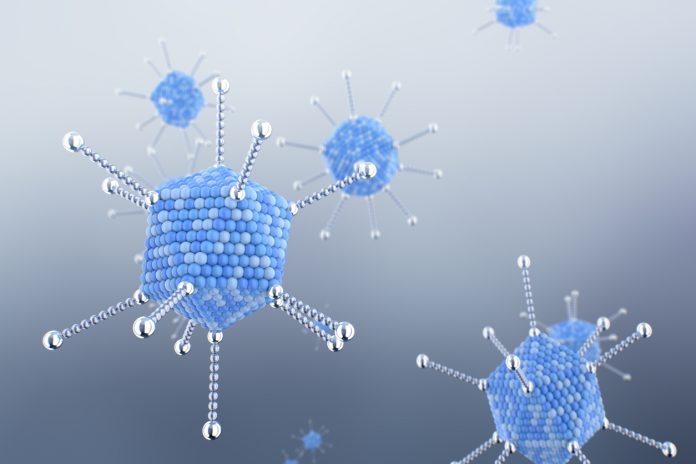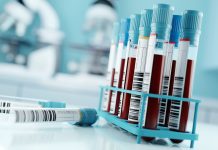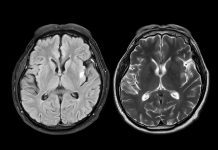Human disease modelling: A new UK research initiative is set to revolutionise how scientists study human diseases and develop new medicines
With £15.9 million in funding from the Medical Research Council (MRC), Wellcome, and Innovate UK, the project hopes to advance the use of human disease modelling that can more accurately reflect fundamental human biology and disease processes.
Human-based research
The new programme will focus on creating advanced in vitro models, which are systems that use human cells and tissues grown outside the body.
These human disease models include stem-cell-derived organoids, tissue slices removed during surgery (known as explants), and organ-on-chip technologies that replicate the structure and function of human organs using microfluidic systems.
These models are becoming increasingly important as they provide a strong alternative to traditional animal testing. They not only help to reduce the reliance on animal models but also offer more reliable insights into how diseases develop and how potential treatments might work in humans.
The initiative supports the UK government’s new strategy, Replacing Animals in Science, which promotes the development and adoption of innovative non-animal research methods.
Five teams, one shared goal
Five research teams across the UK will work together to develop disease models for the liver, brain, cancer, pain, and blood vessels. Each project will contribute to a growing network of human-based research tools designed to understand complex diseases better and accelerate the discovery of new therapies.
At the University of Nottingham, Professor Amir Ghaemmaghami leads the MIMIC project, which will create a multi-organ platform to replicate the complex biology of metabolic dysfunction-associated steatotic liver disease (MASLD), previously known as non-alcoholic fatty liver disease.
The project will use patient-derived stem cells to model interactions between the gut, liver, and fat tissue, providing a detailed view of how this increasingly common disease develops.
At the University of Edinburgh, the Human Brain Cluster team will study live human brain slices removed during surgery to explore how neurological conditions such as Alzheimer’s and brain tumours affect brain function. This work could offer unprecedented insights into how real human brain tissue responds to disease and treatment.
The INTREPID project at the University of Leicester, led by Professor Catrin Pritchard, will expand the use of live human tumour explants in cancer research. These tissue samples, taken during operations, will help scientists better understand the diversity and complexity of tumours and improve how potential treatments are tested.
Researchers at the University of Oxford will create human models that mimic pain responses to better study chronic and neuropathic pain. At the same time, a team at the University of Hull will build artificial blood vessels through the ARTEMIS project to investigate cardiovascular disease and blood clot formation.
Innovation and collaboration
This initiative is designed to create collaboration among academia, industry, and government. By connecting the five research hubs, the initiative aims to ensure that new technologies are scalable, widely available, and capable of transforming both scientific understanding and commercial opportunities.
The MRC, Wellcome, and Innovate UK hope that the investment will accelerate the discovery of new treatments, reduce animal testing, and position the UK as a global leader in next-generation disease modelling.








